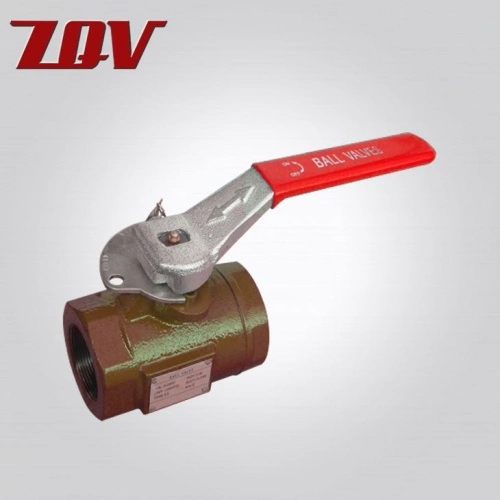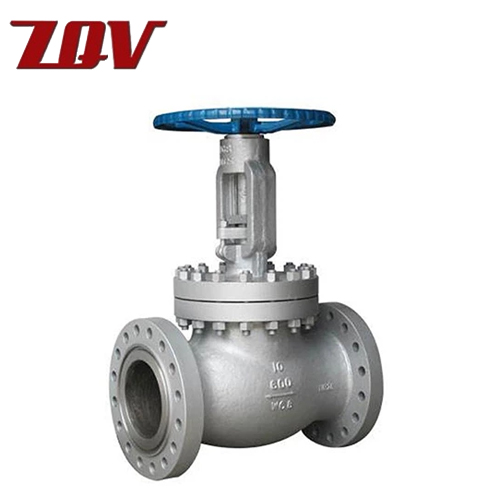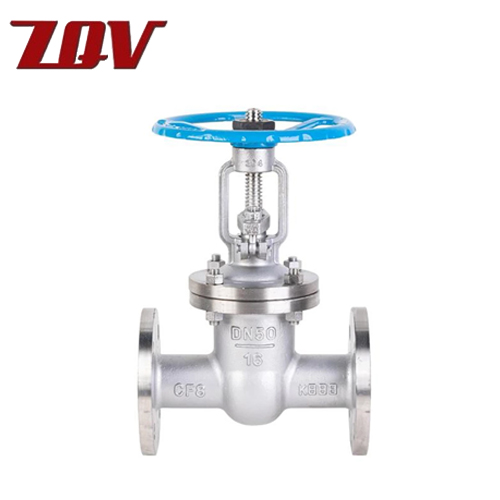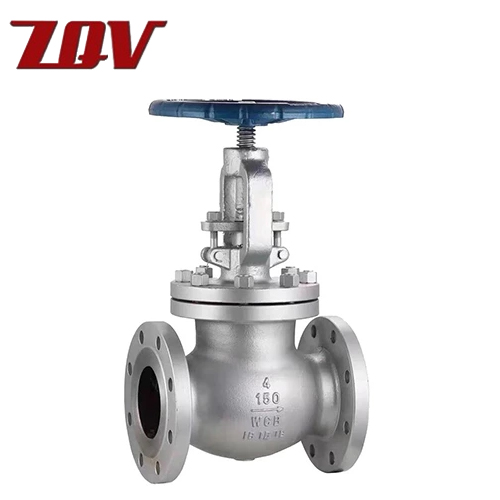What Are The Precautions For High-pressure Ball Valves?
The importance of high pressure hydraulic ball valve in industrial piping systems is self-evident; their performance directly affects the stability and safety of the system. Every step, from selection and installation to daily use and maintenance, is crucial. This article will discuss several key issues to consider when using high-pressure ball valves, based on practical applications.
Choosing the Right High-Pressure Ball Valve
The selection of a high-pressure ball valve is paramount. A suitable valve not only improves system efficiency but also ensures safety. When selecting a valve, the specific requirements of the piping system must be considered, such as the working medium, pressure, temperature, and pipe size. For example, for high-temperature and high-pressure environments, materials resistant to high temperatures and corrosion, such as stainless steel or alloy steel, should be chosen. Furthermore, the valve specifications should match the pipe; valves that are too large or too small may lead to unstable flow or pressure.
Installation Considerations
When installing a 1 2 inch high pressure ball valve, the most important thing is to ensure a secure connection and good sealing. Before installation, check that the pipeline is clean to prevent welding slag or impurities from entering the valve and causing damage. The connection between the valve and the pipeline should be smooth, and excessive force should be avoided to prevent damage to the sealing surface. In high-pressure systems, sealing performance is paramount; therefore, selecting compliant sealing materials is crucial to ensure no leakage under high-pressure conditions.
Operating Procedures for High-Pressure Ball Valves
Proper operation extends the service life of high-pressure ball valves and prevents accidents. During operation, avoid sudden opening or closing of the valve, especially in high-pressure systems, as instantaneous pressure changes can impact the valve body. Switching should be slow and smooth, and the appropriate operating method (manual, electric, or pneumatic) should be selected based on the specific valve type. Familiarity with the valve's operating procedures helps ensure its proper functioning under various operating conditions.
Regular Maintenance and Inspection
Even with the highest quality high pressure stainless steel ball valves, regular maintenance and inspection are indispensable. After prolonged use, components such as valve seals and seats may experience wear or aging, leading to leaks or operational difficulties. Therefore, regularly checking the valve's sealing performance and the flexibility of moving parts is essential. If any problems are found, repair or replacement should be carried out promptly to prevent further damage.
Usage Recommendations for Special Operating Conditions
For applications in special operating conditions, such as those in the chemical and petroleum industries, the requirements for high-pressure ball valves are even more stringent. In these environments, the valve material and design must be compatible with the characteristics of the medium to prevent chemical corrosion or other accidents. Furthermore, when valves operate under high temperature and pressure conditions, special attention needs to be paid to thermal expansion and thermal stability. The design of the piping system and the selection of valves must be consistent to ensure the overall safety and stability of the system.
Troubleshooting and Emergency Handling
Although power washer ball valve themselves have high safety, some problems are inevitable during use, such as leakage, jamming, and inability to fully open or close the valve. Leakage is usually caused by aging or wear of the sealing material, requiring replacement of the sealing ring or cleaning of the valve seat. If the valve jams, it is usually due to prolonged inactivity or internal scale buildup, which can be resolved by disassembly, cleaning, and lubrication. Regular valve inspection and timely maintenance are important means to reduce the occurrence of failures.
Conclusion
The correct selection, installation, operation, and maintenance of high-pressure ball valves are crucial to the safety and stability of the entire piping system. Through reasonable selection and regular inspection and maintenance, valve performance can be maximized, failure rates reduced, and smooth production ensured. Whether in normal environments or under special operating conditions, the use of 1 high pressure ball valve must strictly adhere to relevant standards and specifications. Only by ensuring that every step is done correctly can the safe and efficient operation of the pipeline system be truly achieved.








